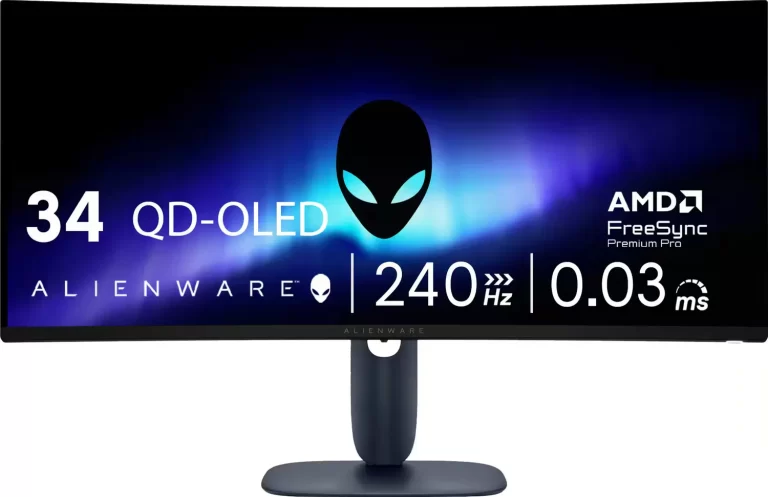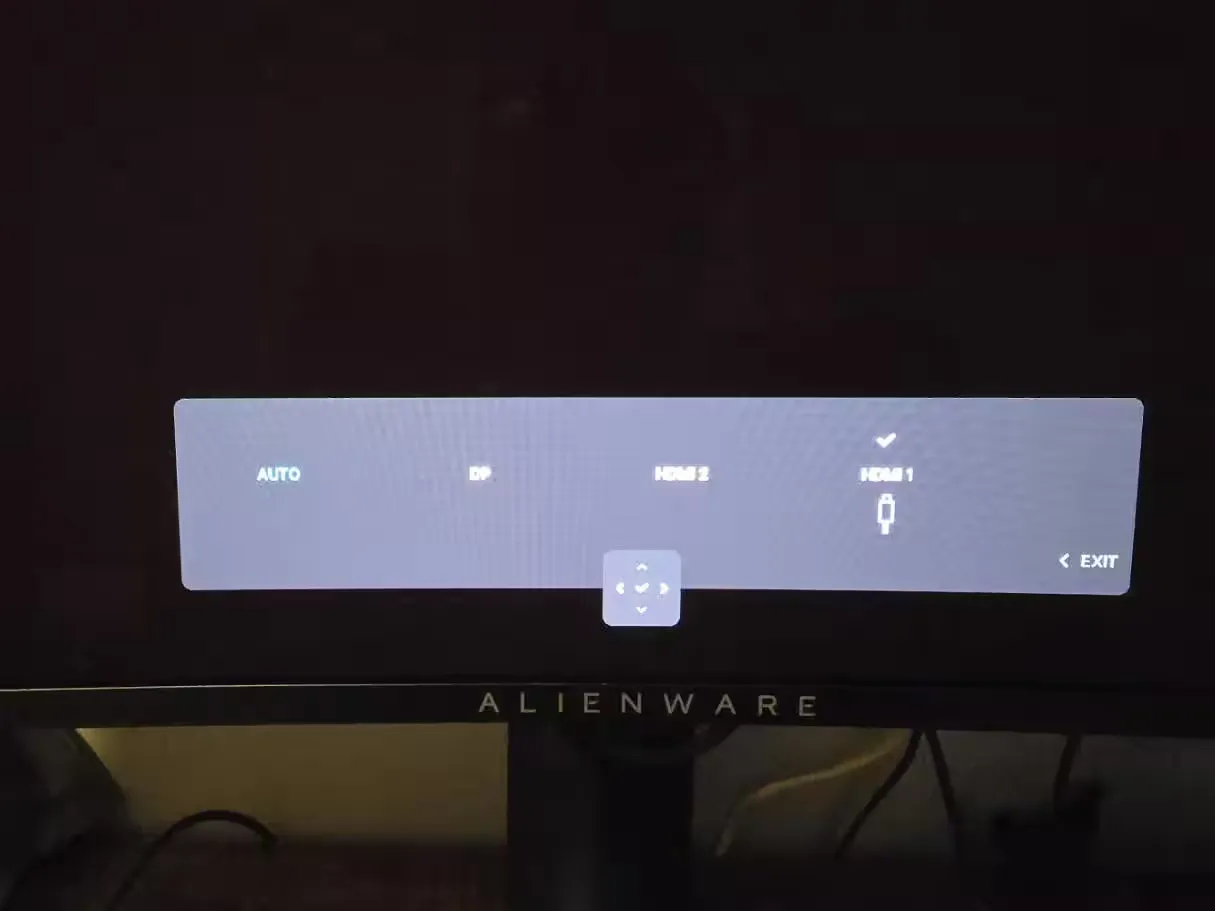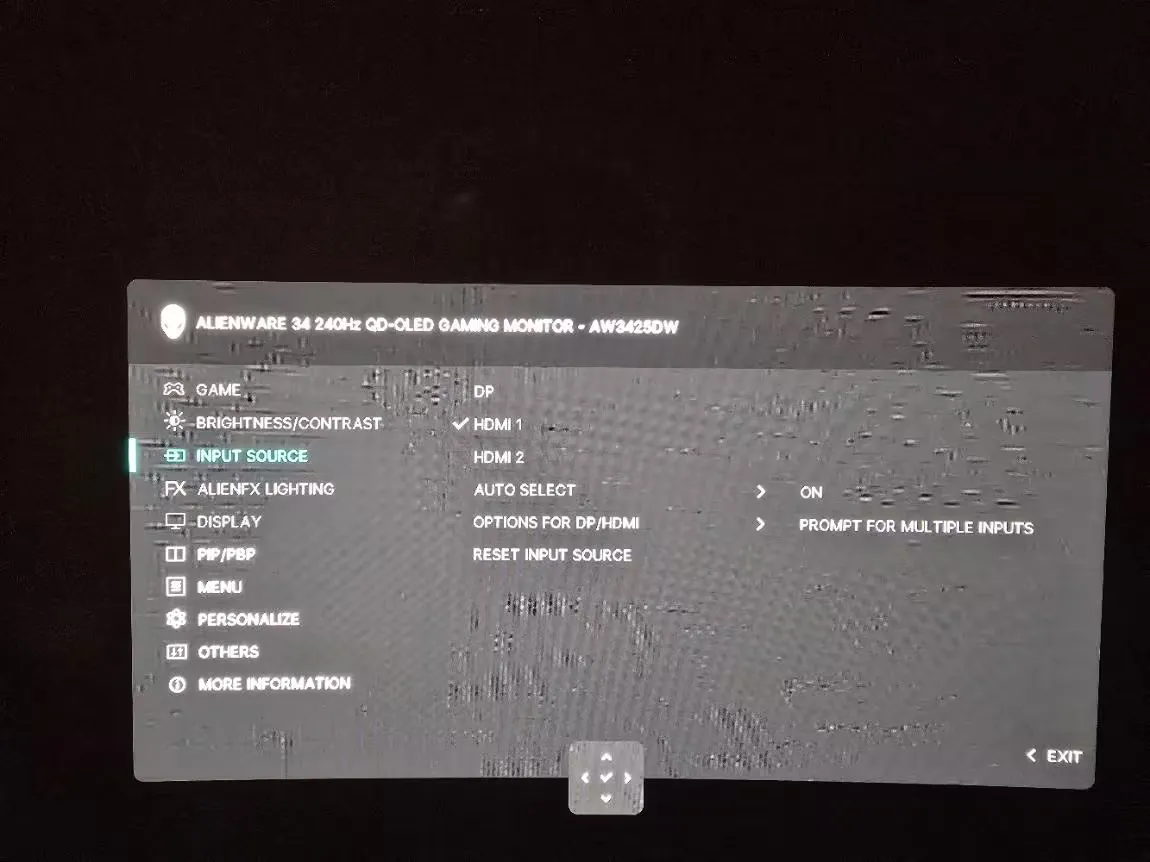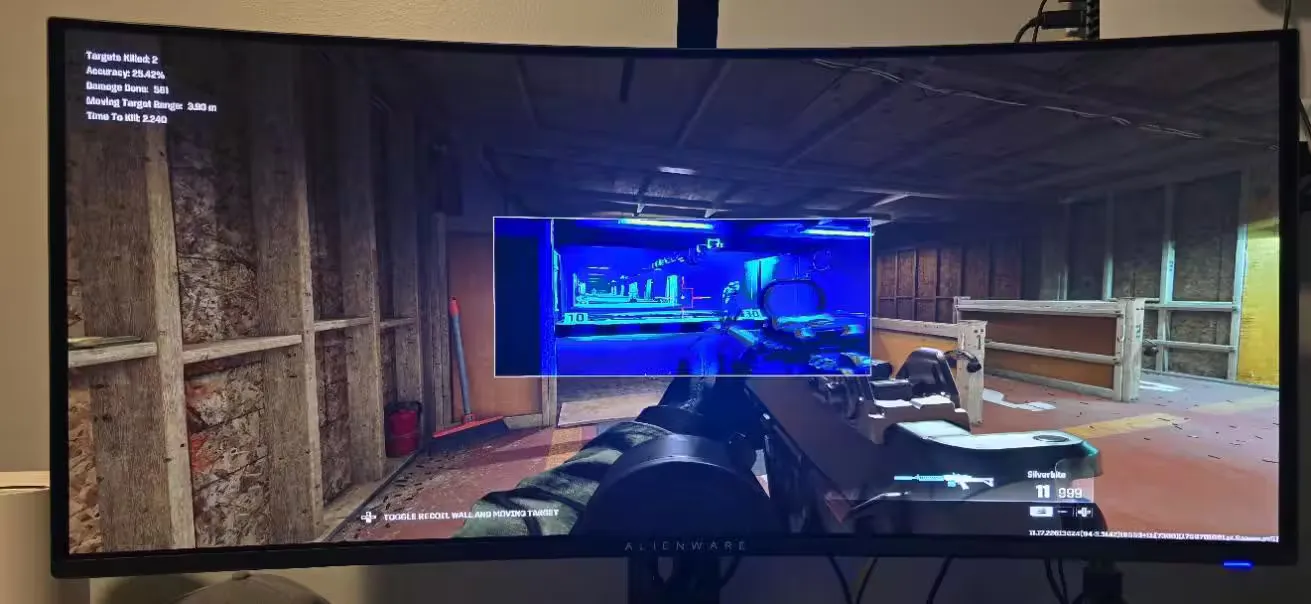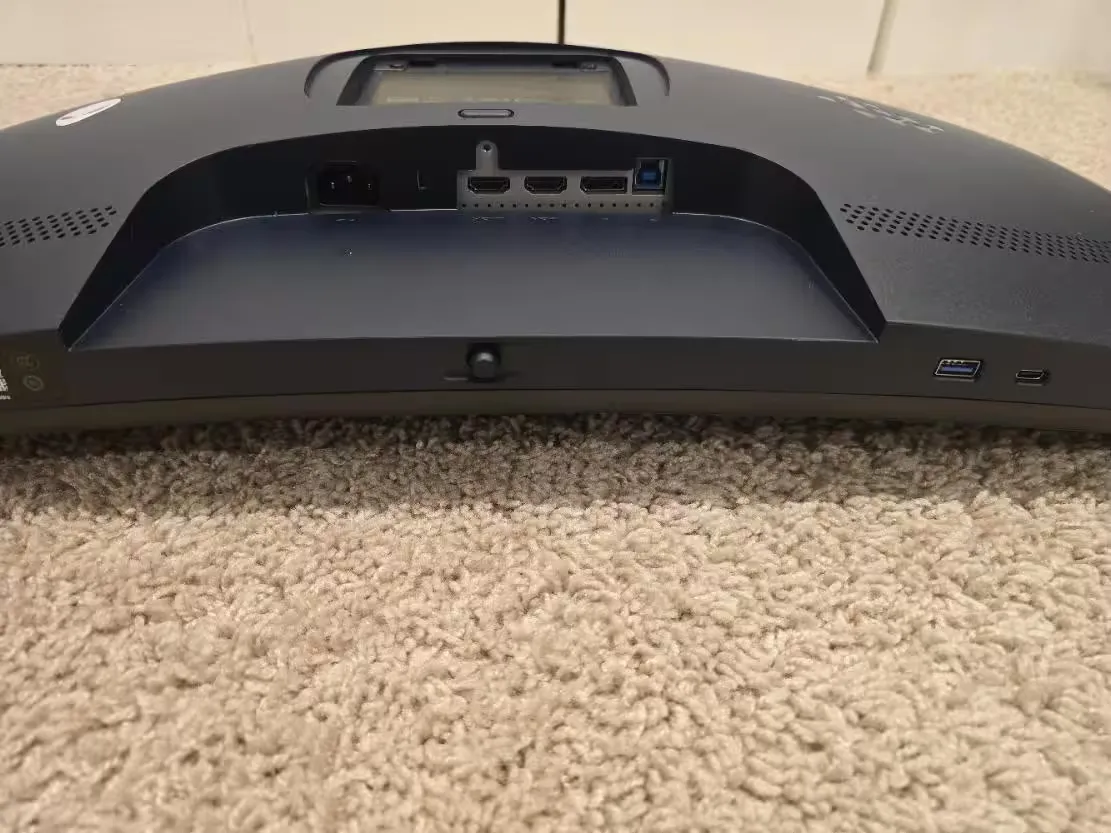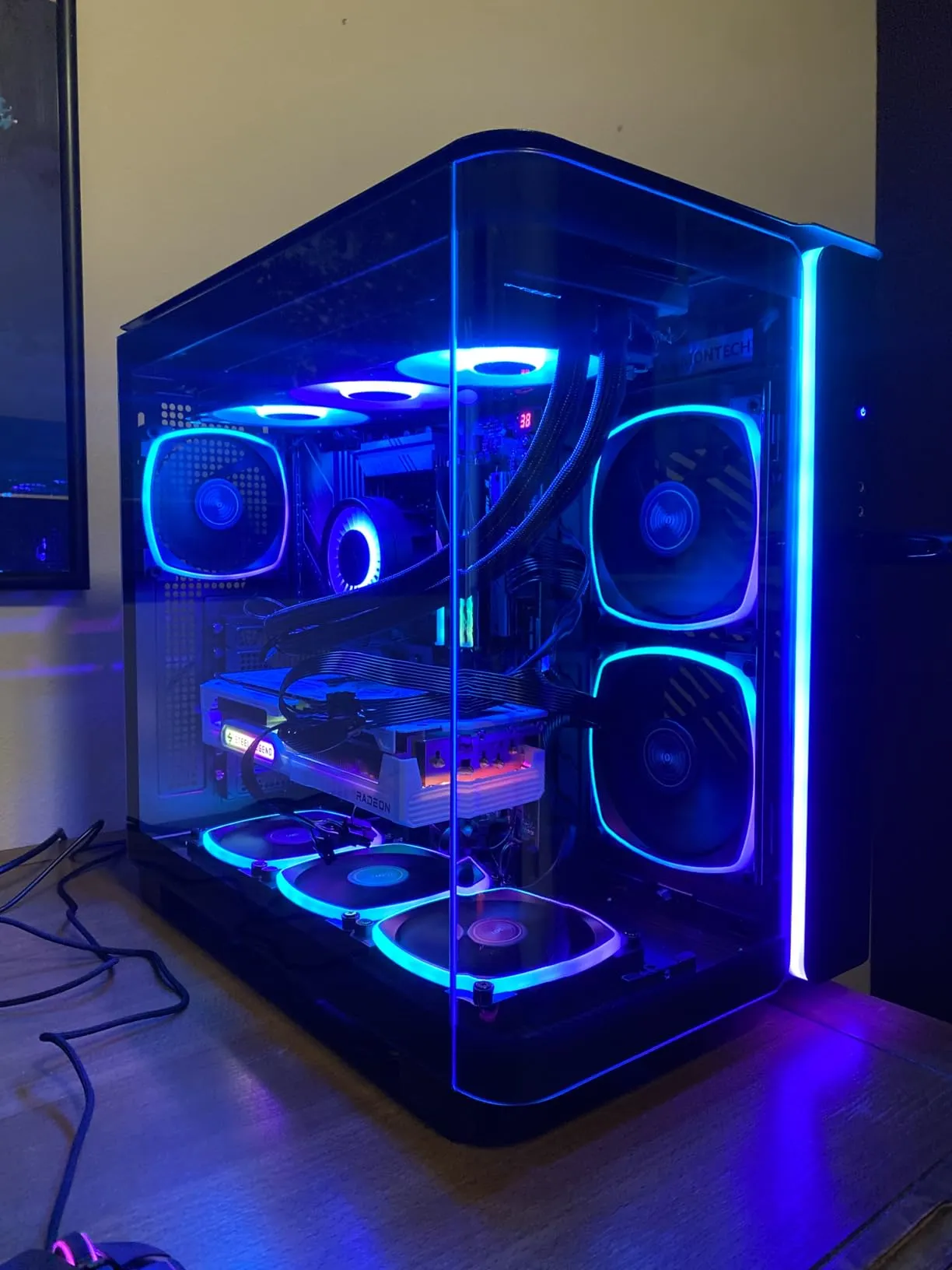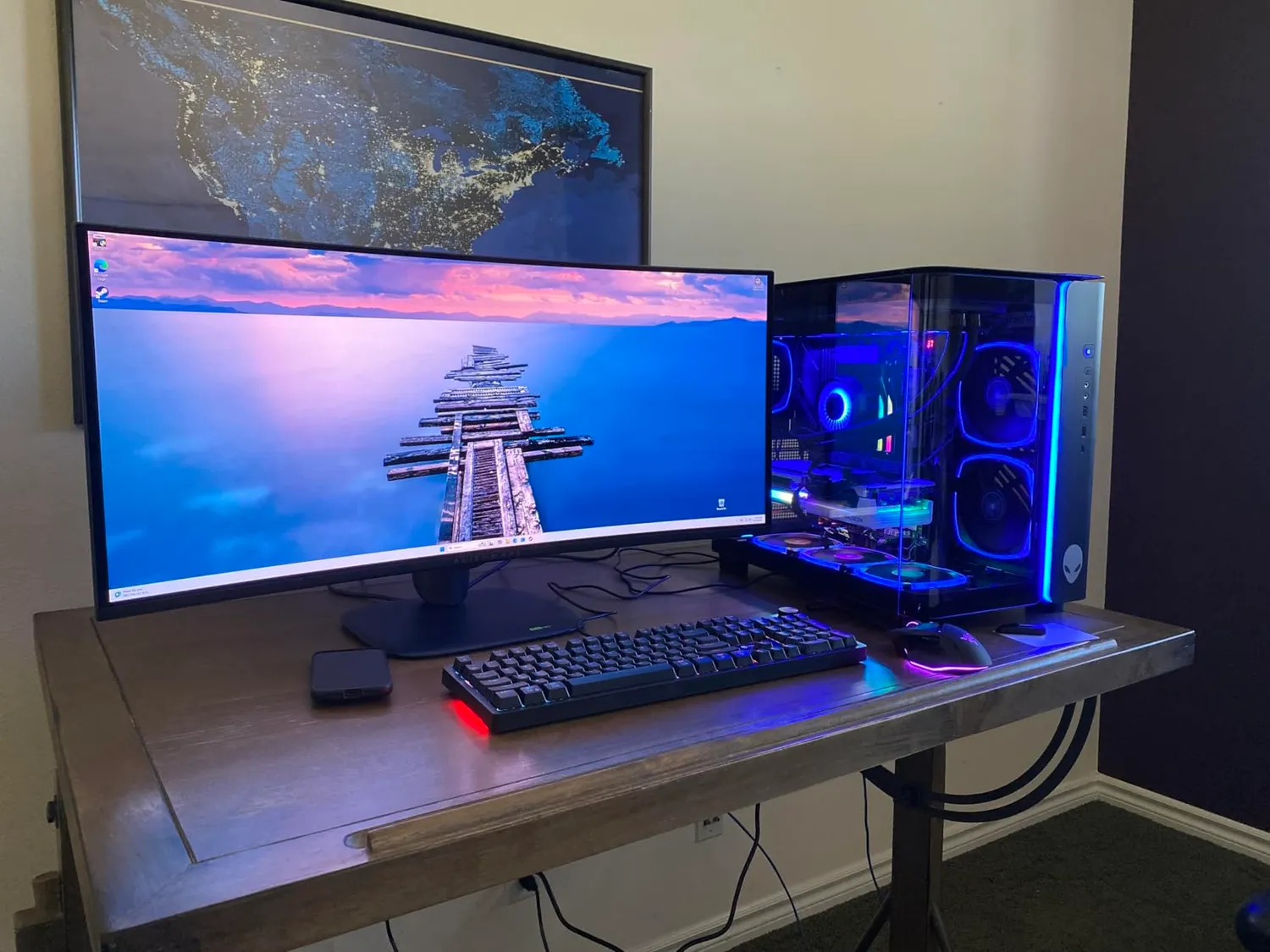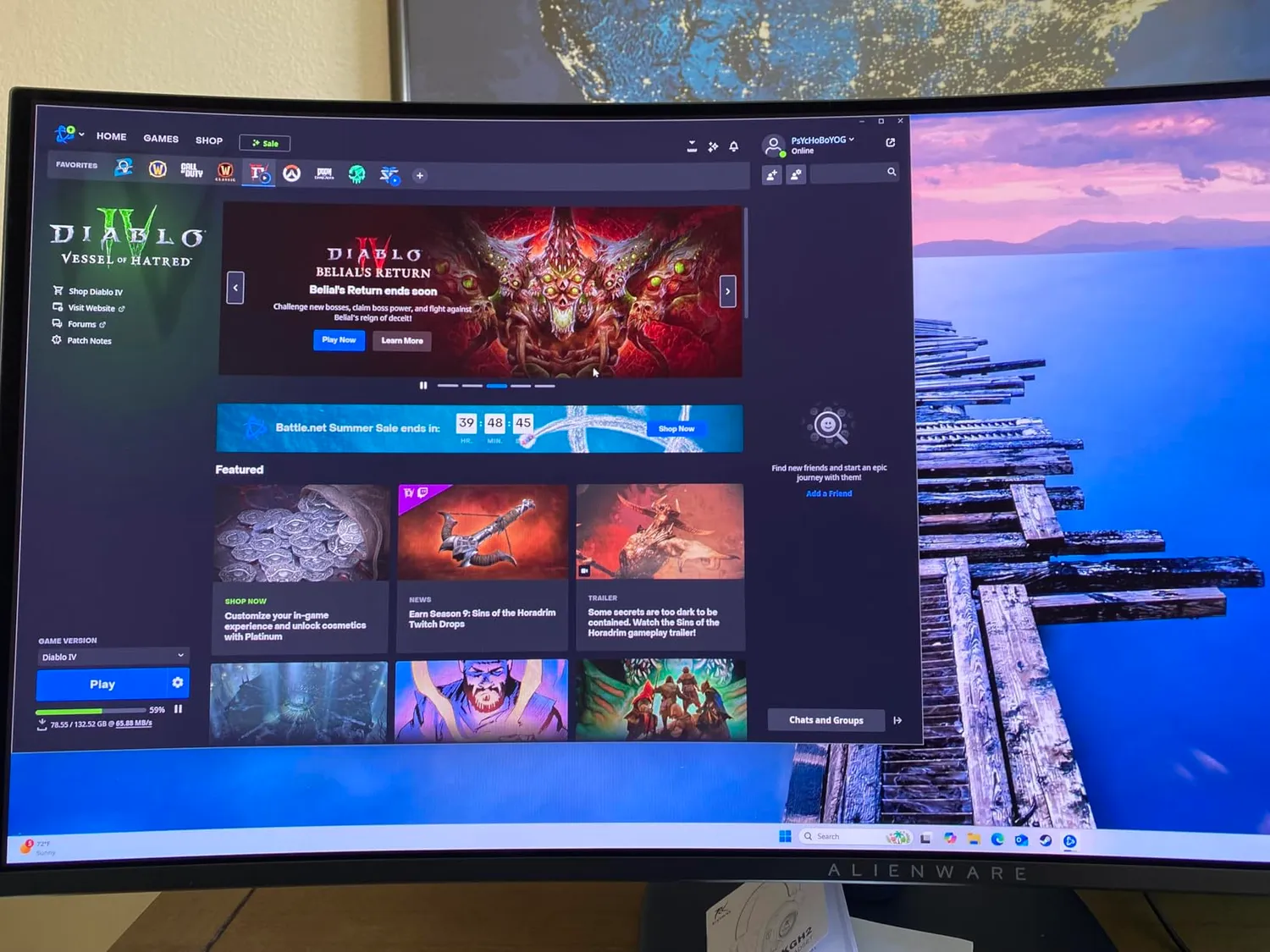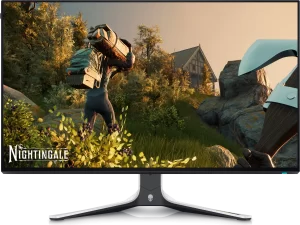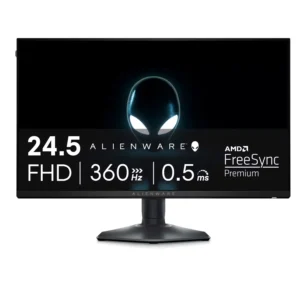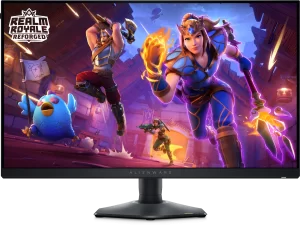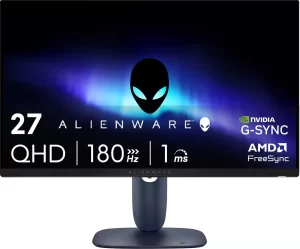Across hundreds of buyer comments, the through‑line is simple: this 34‑inch ultrawide 3440×1440 QD‑OLED looks spectacular and feels fast. Gamers highlight instant pixel response (0.03 ms class), convincing HDR with both HDR True Black 400 and HDR1000 modes, and excellent immersion from the gentle 1800R curve. Owners frequently compare it to IPS predecessors and say the upgrade in contrast and motion clarity is night‑and‑day. Several reviewers also praise broad G‑Sync/FreeSync compatibility, describing tear‑free gameplay on both NVIDIA and AMD cards.
That said, living with a QD‑OLED has trade‑offs. A recurring theme is that small black‑text‑on‑white backgrounds can show color fringing and jagged edges due to the sub‑pixel layout; many users mitigate this with Dark Mode, font scaling, and per‑app tweaks. A subset also notes flicker when VRR interacts with games locked near 60 fps, and a few early units arrived with defects (dead on arrival, previously opened, or cable issues). Daily usability, however, is generally praised: the stand is compact and stable, the on‑screen joystick is intuitive, and connectivity covers two HDMI 2.1, one DP 1.4, and USB‑C (up to 15 W) plus hub ports.
A paraphrased buyer takeaway: “If you want the most immersive 34‑inch gaming experience, this is it. It’s unbelievably smooth and the blacks are finally truly black. Just know you might want Dark Mode for text and to keep an eye on the OLED care features.”
Ease of Setup & Everyday Use
Most owners describe setup as straightforward: attach the stand, plug in DisplayPort 1.4 or HDMI 2.1, install the Dell driver, and switch Windows to 240 Hz. The OSD joystick/menu makes picture presets and gaming profiles easy to tweak. For day‑to‑day productivity, users like the curve for multi‑window layouts and praise features like Picture‑by‑Picture (PbP) when juggling two sources. A few report a bad in‑box HDMI cable and recommend swapping cables if you see intermittent signal dropouts. Several reviewers also note the screen’s coating reduces glare well enough for bright rooms, though some still prefer controlled lighting.
Performance & Reliability
Gaming performance is where the AW3425DW shines. Owners consistently mention silky motion at 240 Hz, near‑instant pixel transitions, and “OLED‑level” contrast that makes highlights pop and dark scenes look natural. HDR impressions vary by mode and settings: HDR1000 can engage ABL (Auto Brightness Limiter) in very bright scenes, while True Black 400 tends to look more stable with fewer brightness shifts. On both NVIDIA G‑Sync and AMD FreeSync Premium Pro, users report excellent tearing control. A small cohort experienced flicker when VRR meets 60 fps caps (older games, menus, or loads); the common workaround is to disable VRR for those titles or cap at a higher frame rate.
Reliability feedback is mixed but mostly positive. Many units are flawless; others hit snags such as DOA hardware, a previously opened unit, or a rare panel that cycles through diagnostic flashing and requires an exchange. Owners emphasize that the pixel refresh routine and health indicator (which runs automatically after long sessions) are normal OLED care behaviors and not a defect. Several long‑time Alienware OLED users report no burn‑in so far when using sane brightness and UI‑hiding habits.
Design & Build Quality
The industrial design gets high marks: the updated stand footprint frees desk space compared to older Alienware bases, and the display is thinner and lighter than the prior generation. The 1800R curve is described as “immersive without being aggressive,” and the chassis feels sturdy with minimal wobble. The rear I/O is accessible, and the USB hub is handy. Opinions diverge on the screen finish; most find reflections controlled for typical rooms, while a minority complains about glare or, in a few cases, confusion over “matte vs. glossy” descriptions. One cautionary theme: treat the panel surface gently—avoid harsh cleaning and stick to the manufacturer’s guidance.
Value for Money
For its specification—34‑inch 3440×1440 QD‑OLED, 240 Hz, HDR, plus wide VRR support—many buyers judge the AW3425DW an excellent value, especially on sale. Some call it the “sweet spot” between 4K sharpness and high‑refresh smoothness, noting it outperforms pricier IPS ultrawides in contrast and response. On the other hand, if your primary use is text‑dense office work or color‑critical DCC at small font sizes, several users suggest a 4K LCD or a panel with a different sub‑pixel layout may be a better fit. Overall, gamers and mixed‑use buyers lean “worth it”; productivity‑only users are more divided.
Key User Feedback Summary
Most Loved Features
| Feature | Why users love it |
|---|---|
| QD‑OLED contrast & color | Deep blacks and saturated color make games and movies look “new again,” with superb shadow detail and highlight pop. |
| 240 Hz + near‑instant response | Feels dramatically smoother than 144–165 Hz, with crisp motion clarity in fast shooters and racers. |
| Immersive 21:9 & 1800R curve | Ultrawide field of view boosts immersion without feeling extreme; easy to run 3440×1440 at high fps. |
| Broad VRR support | Works well with G‑Sync and FreeSync Premium Pro on modern NVIDIA/AMD GPUs for tear‑free play. |
| HDR options (True Black 400 / HDR1000) | Flexible: TB400 for stable ABL behavior; HDR1000 for punchy highlights in supported content. |
| Connectivity & hub | Dual HDMI 2.1, DP 1.4, USB‑C (≈15 W), upstream USB‑B, plus fast USB‑A ports cover multi‑device setups. |
| Space‑saving stand & OSD | Smaller base than older Alienware models; joystick OSD with useful gaming presets and quick tweaks. |
Most Common Complaints
| Issue | What users reported |
| Text fringing on white | The QD‑OLED sub‑pixel layout can produce colored edges/jaggies on fine black‑on‑white text; Dark Mode and scaling help. |
| Flicker at ~60 fps with VRR | Some titles/menus exhibit flicker when VRR meets 60 fps caps; disabling VRR or changing caps fixes it. |
| Occasional QC issues | A minority received DOA, previously opened, or defective units; most resolved via exchange/return. |
| ABL brightness shifts | In HDR1000, very bright scenes can trigger ABL dimming; TB400 mode or lower brightness minimizes it. |
| Cable problems | A rare HDMI cable included in‑box caused dropouts; swapping cables solved it. |
| Cleaning/coating concerns | Aggressive cleaning or fluids can harm the screen coating; follow gentle, OEM‑recommended care. |
Customers Frequently Ask
- Does it support both NVIDIA and AMD adaptive sync?
Yes—buyers report smooth results with G‑Sync and FreeSync Premium Pro on modern GPUs. If you see flicker around 60 fps, try disabling VRR per‑title. - Is it good for office work and coding?
It’s usable and many enjoy it, but fine black text on white can look less crisp than IPS/4K due to sub‑pixel layout. Dark Mode and slight scaling improve clarity. - Will HDR dim randomly?
In HDR1000, intense full‑screen highlights can trigger ABL. Switching to True Black 400 or lowering peak brightness reduces the effect. - Does PbP work well?
Yes—users like PbP for dual sources; just note each source runs at a lower refresh when split (typical of PbP on ultrawides). - How do I care for the panel?
Let the pixel refresh run after long sessions, hide static UI elements, keep brightness sane for desktop use, and clean gently with a soft dry cloth (avoid liquids).
Should You Buy It?
Buy the Alienware AW3425DW if… you want a stunning 34‑inch 3440×1440 QD‑OLED that prioritizes 240 Hz speed, contrast, and HDR for modern gaming. You’ll appreciate the broad G‑Sync/FreeSync support, the comfortable 1800R curve, and flexible I/O (dual HDMI 2.1, DP 1.4, USB‑C hub) for consoles and PCs.
Consider other options if… your workload is text‑dense spreadsheets, color‑critical print work, or you’re sensitive to sub‑pixel text artifacts; a sharp 4K IPS/OLED with different sub‑pixels may suit you better. Also, if you’re risk‑averse about OLED care, a high‑end mini‑LED IPS might provide peace of mind.
Pros: phenomenal contrast and color; elite 240 Hz motion; strong VRR on NVIDIA/AMD; compact stand and useful OSD presets.
Cons: text clarity quirks on white backgrounds; occasional VRR‑at‑60 fps flicker; rare QC/cable issues; ABL can dim in HDR1000.
Bottom line: For gamers and mixed‑use buyers, the AW3425DW delivers one of the best ultrawide experiences at this size and resolution. Understand its OLED‑specific behaviors, configure it thoughtfully, and it rewards you with breathtaking image quality and fluidity.
